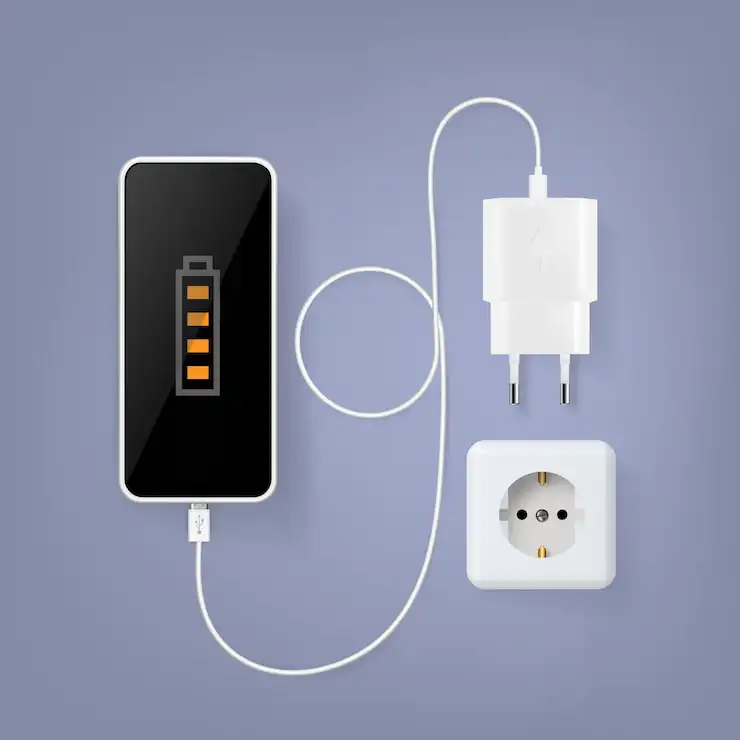Wireless mobile recharge technology represents a groundbreaking innovation in the way we power our devices. This technology, which allows users to recharge their mobile phones without the need for physical connectors or cords, is poised to revolutionize the tech landscape. In this article, we will delve into the intricate details of wireless mobile recharge, its current state, prospects, and the impact it could have on various sectors.
Historical Context
Wireless charging is not a novel concept. It has its roots in the late 19th century with Nikola Tesla’s experiments with wireless power transmission. Over the decades, this technology has evolved from rudimentary experiments to sophisticated systems capable of charging devices efficiently and safely.
Technical Specifications
How Wireless Charging Works
Wireless charging operates on the principle of electromagnetic induction. A charging station creates a magnetic field, which induces an electric current in the receiving device’s coil, thereby charging the battery.
Types of Wireless Charging
- Inductive Charging: Uses electromagnetic induction to transfer energy.
- Resonant Charging: Allows greater distance between charger and device.
- Radio Charging: Utilizes radio frequencies to charge devices.
- Laser Charging: Uses laser beams to transfer energy to the device.
Applications
Consumer Electronics
The most common application of wireless charging is in consumer electronics, including smartphones, tablets, and smartwatches. This technology eliminates the need for cables, reducing clutter and enhancing user convenience.
Automotive Industry
Wireless charging pads are being integrated into car designs, enabling drivers to charge their phones without needing cables, thus improving safety and convenience.
Medical Devices
In the medical field, wireless charging is used for implanted medical devices, reducing the need for invasive procedures to replace batteries.
Industrial Applications
Factories and warehouses utilize wireless charging for robots and drones, ensuring seamless operations without interruptions for recharging.
Benefits
Convenience
The primary advantage of wireless charging is convenience. Users can charge their devices by simply placing them on a charging pad, eliminating the need for multiple cables.
Safety
Wireless charging reduces the risk of electric shocks and wear and tear associated with traditional charging methods.
Durability
Devices designed for wireless charging often have fewer ports, which can lead to more durable and water-resistant products.
Environmental Impact
Wireless charging can potentially reduce electronic waste by eliminating the need for multiple charging cables and connectors.

Challenges and Limitations
Efficiency
One of the primary drawbacks of wireless charging is efficiency. Energy loss during transmission can result in slower charging times compared to wired methods.
Heat Generation
Wireless charging can generate excess heat, which can affect device performance and battery life over time.
Distance Limitations
Current wireless charging technologies require devices to be near the charging station, limiting mobility during charging.
Cost
Wireless chargers and compatible devices tend to be more expensive than their wired counterparts, which can be a barrier to widespread adoption.
Latest Innovations
Enhanced Efficiency
Recent advancements focus on improving the efficiency of wireless charging systems, reducing energy loss and increasing charging speeds.
Longer Range Charging
Developments in resonant and radio frequency charging are pushing the boundaries of distance, allowing devices to charge over several meters.
Integration with IoT
The integration of wireless charging with the Internet of Things (IoT) is creating a network of interconnected devices that can charge themselves autonomously.
Future Prospects
Smart Homes
Wireless charging technology is set to become a cornerstone of smart home systems, enabling seamless energy transfer to various devices.
Public Infrastructure
Urban planning is increasingly incorporating wireless charging infrastructure in public spaces, such as parks and transportation hubs, to facilitate on-the-go charging.
Wearable Technology
The future of wearable technology will likely see extensive use of wireless charging, making devices more user-friendly and less dependent on frequent recharging.
Electric Vehicles (EVs)
The automotive industry is actively exploring wireless charging for electric vehicles, which could revolutionize the EV market by offering more convenient and efficient charging solutions.
Comparative Analysis
Wireless vs. Wired Charging
- Speed: Wired charging currently offers faster charging speeds.
- Convenience: Wireless charging provides greater convenience.
- Durability: Wireless charging reduces wear and tear on device ports.
- Cost: Wired chargers are generally more affordable.
User Guides or Tutorials
Setting Up a Wireless Charger (Basic Information)
- Purchase a Compatible Charger: Ensure the charger is compatible with your device.
- Place the Charger on a Flat Surface: Position it where it will be stable.
- Connect to Power Source: Plug the charger into a wall outlet.
- Align Your Device: Place your device on the charging pad, ensuring proper alignment for optimal charging.
Troubleshooting Common Issues (Basic Information)
- Device Not Charging: Check alignment and ensure there are no obstructions.
- Slow Charging: Ensure the charger is connected to a power source with adequate output.
- Overheating: Remove the device if it becomes excessively hot.
Conclusion
Wireless mobile recharge technology is rapidly advancing, offering significant benefits in terms of convenience, safety, and efficiency. While there are still challenges to overcome, the future looks promising with ongoing innovations and broader adoption across various sectors.